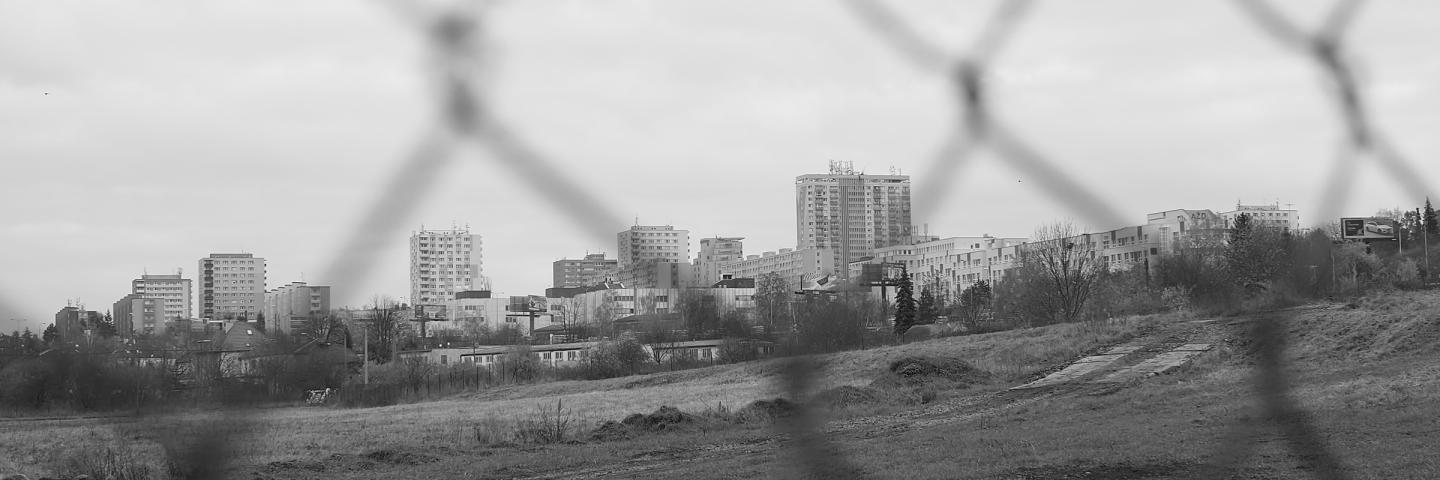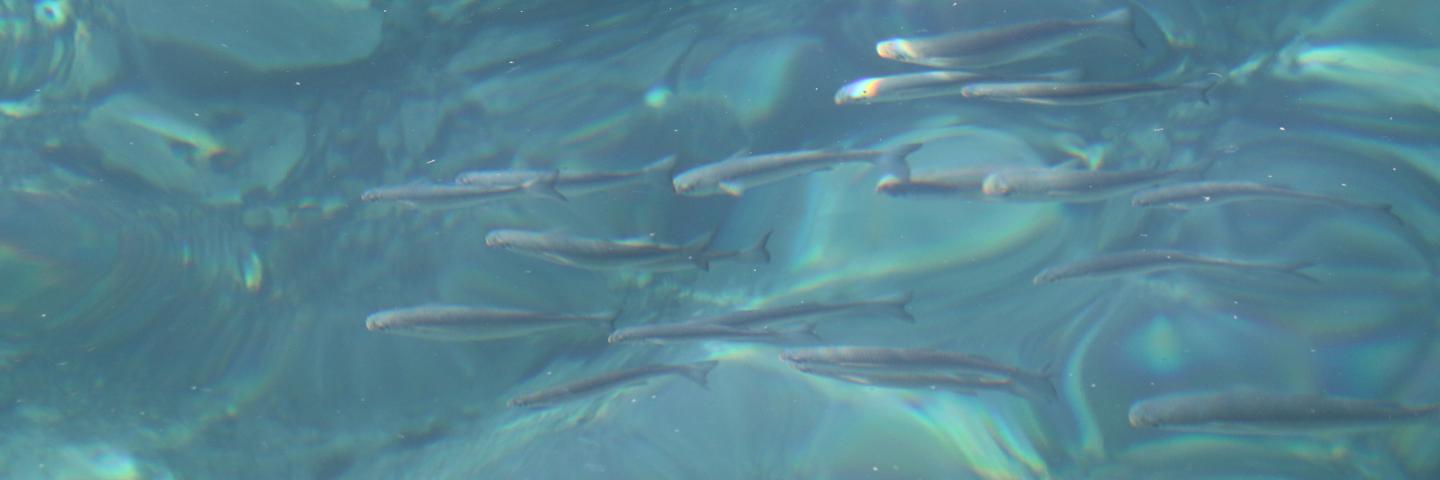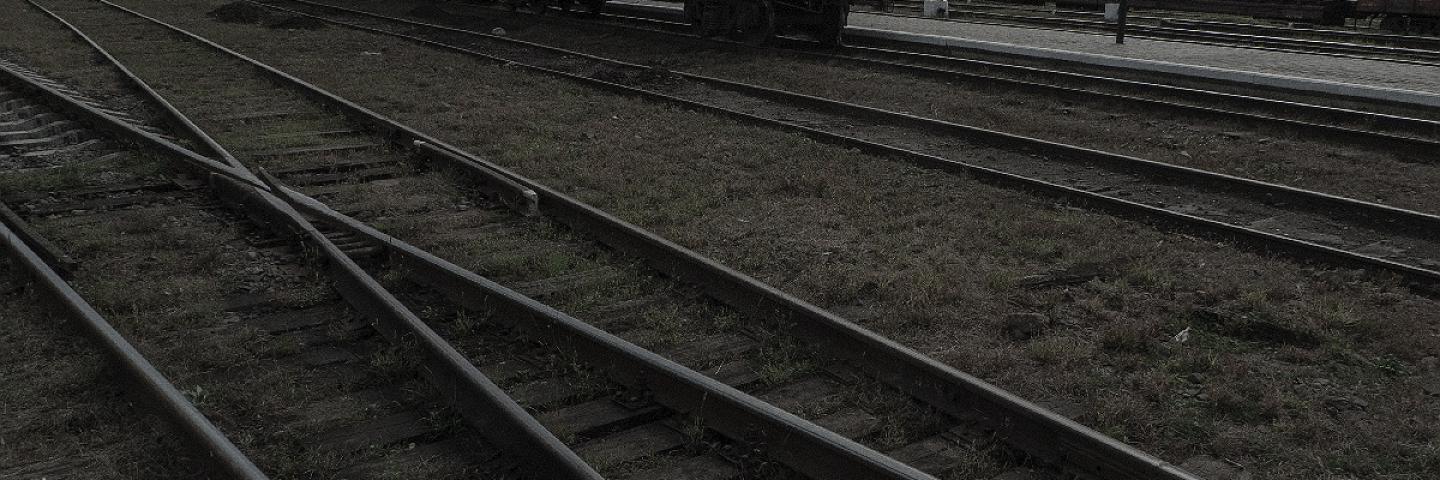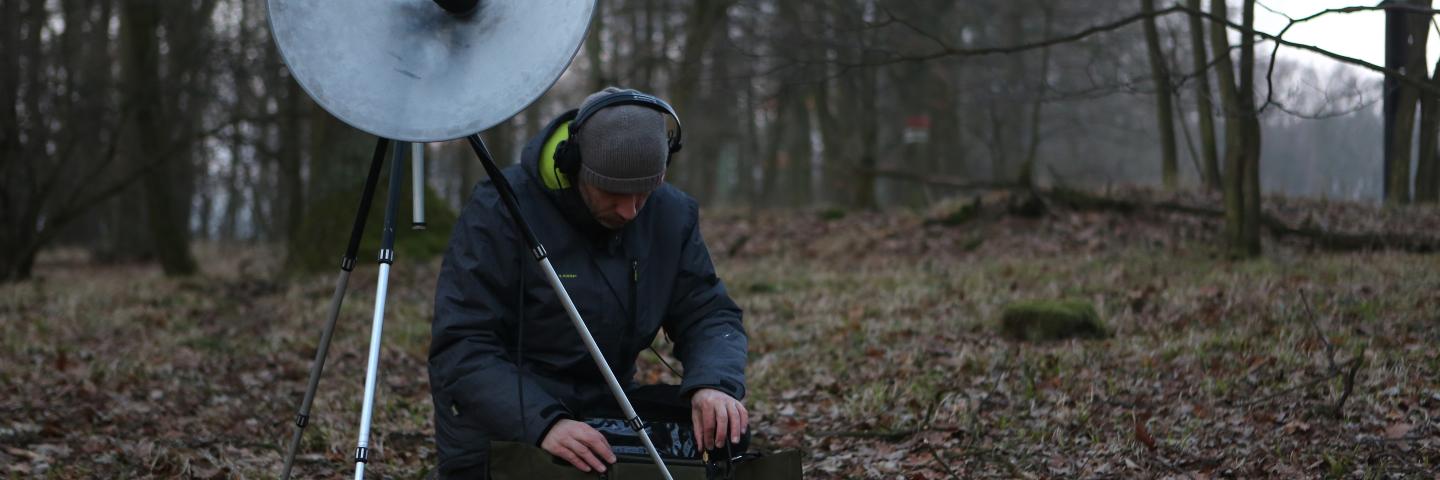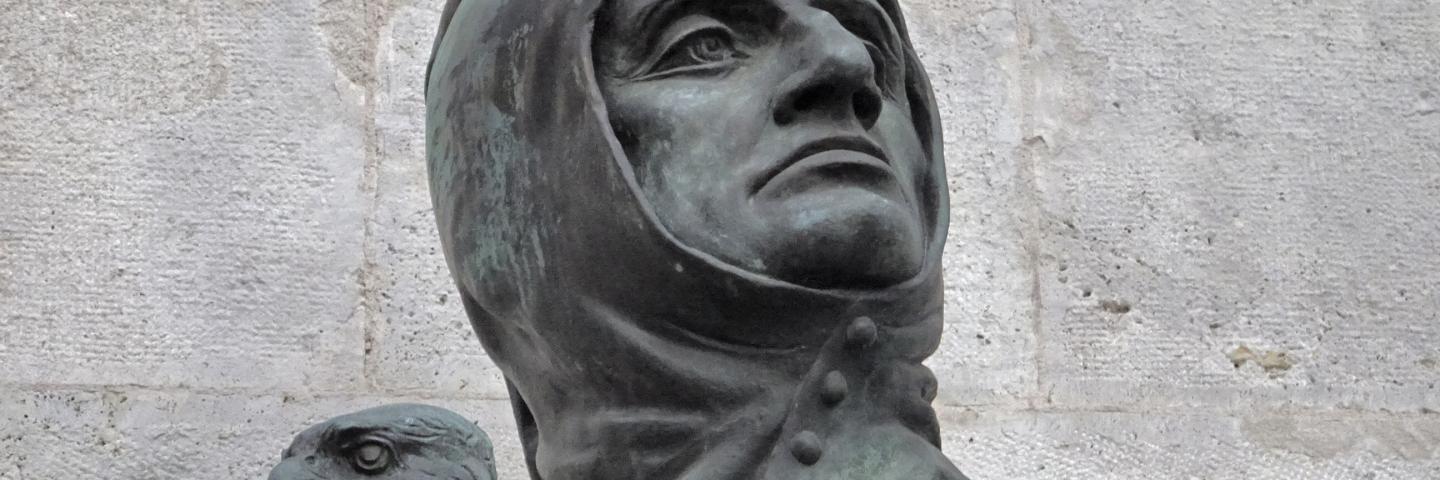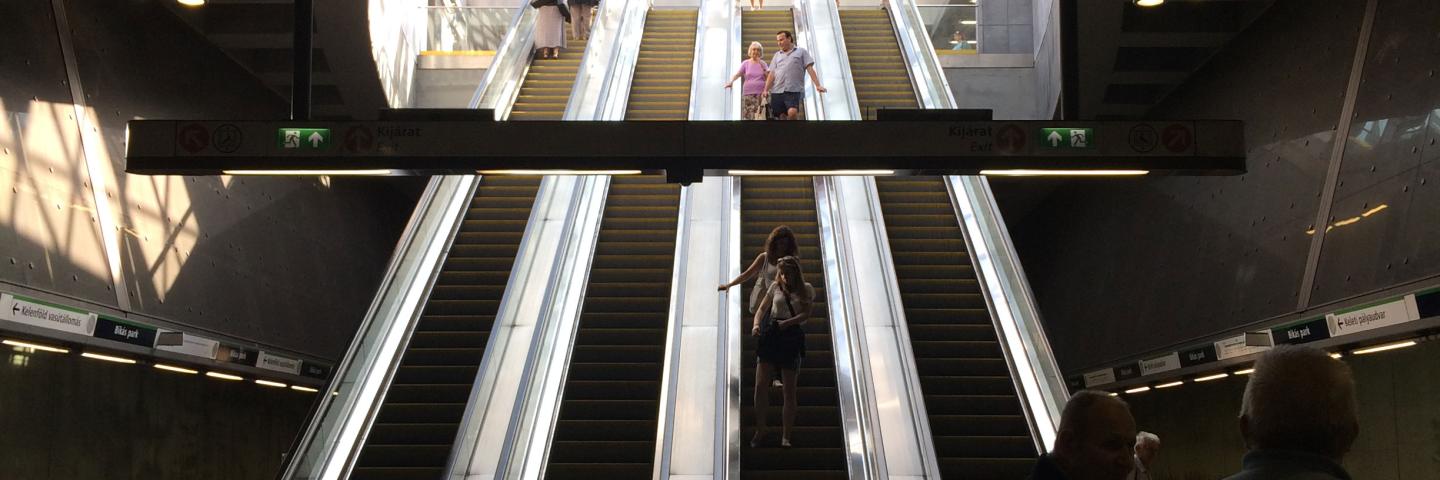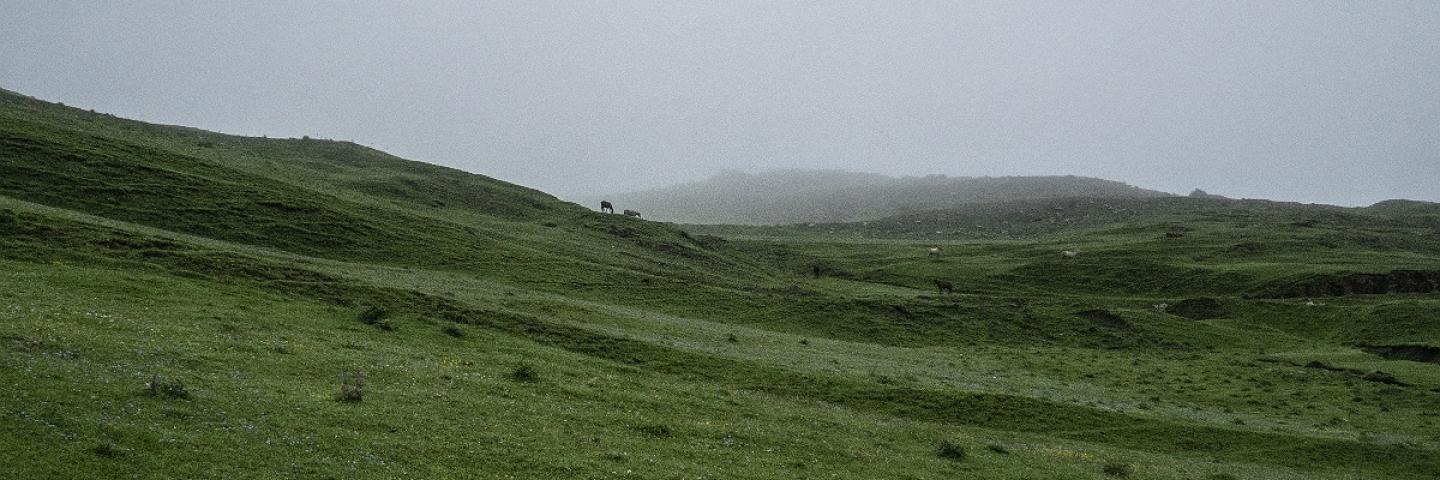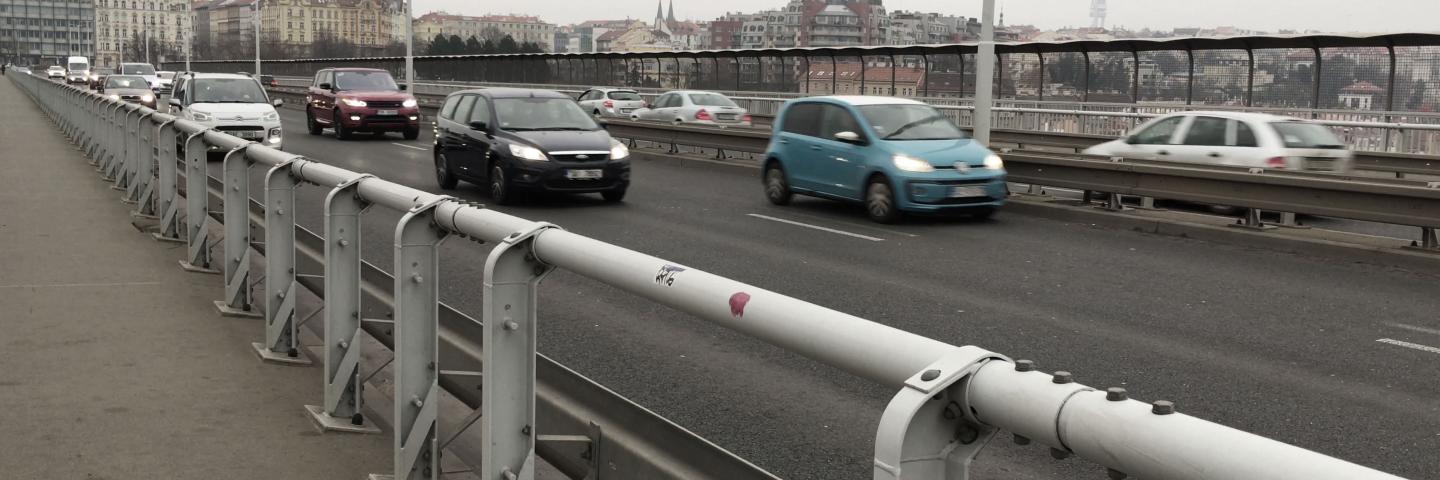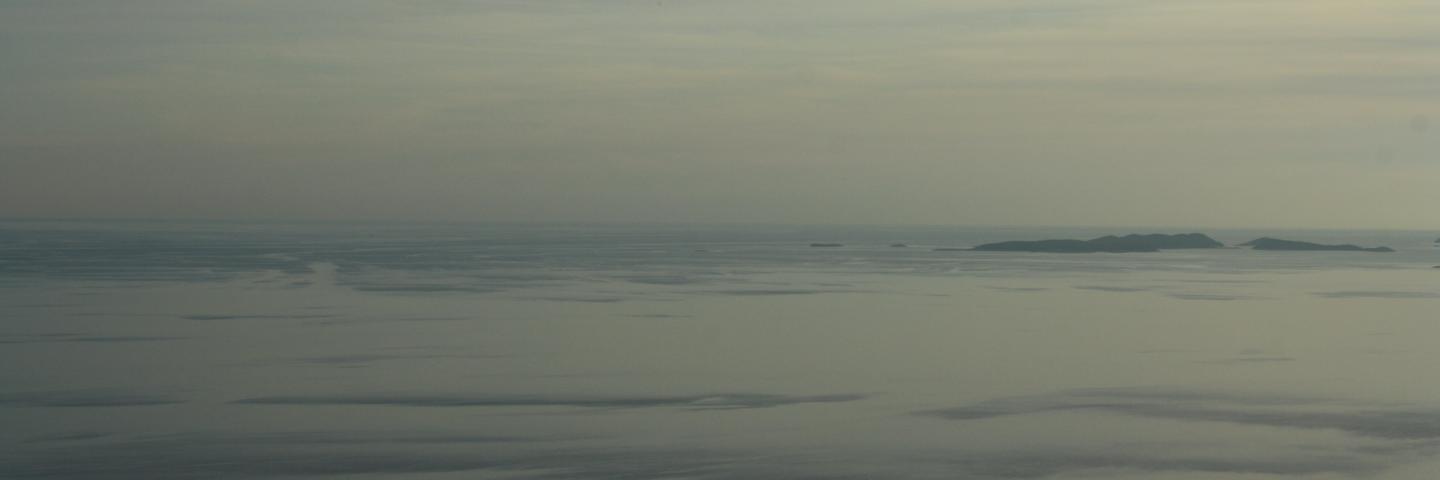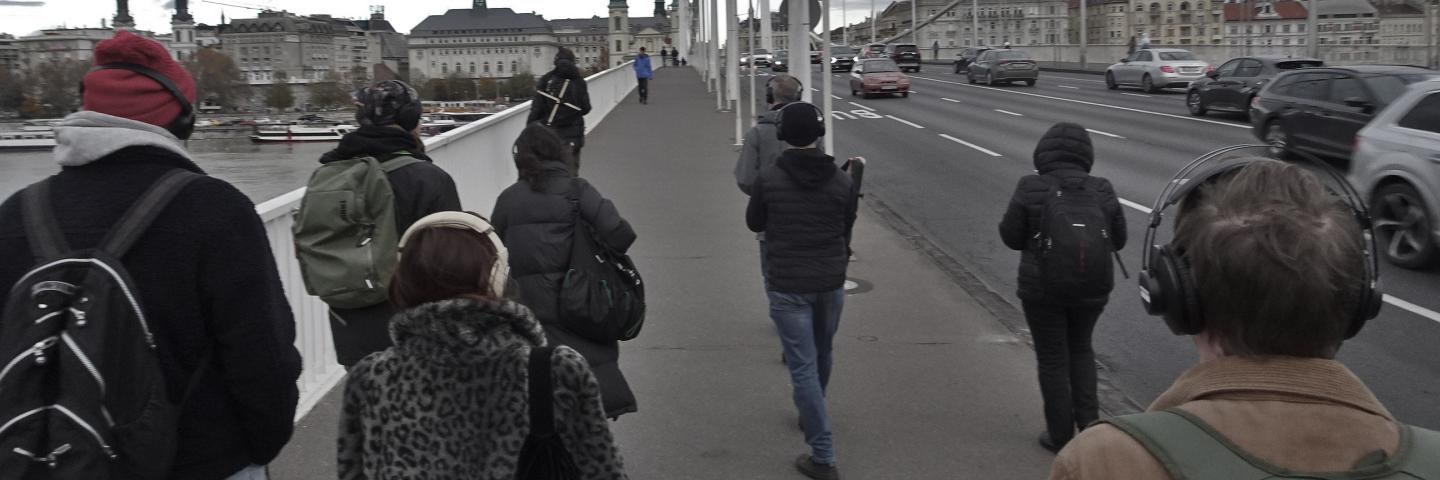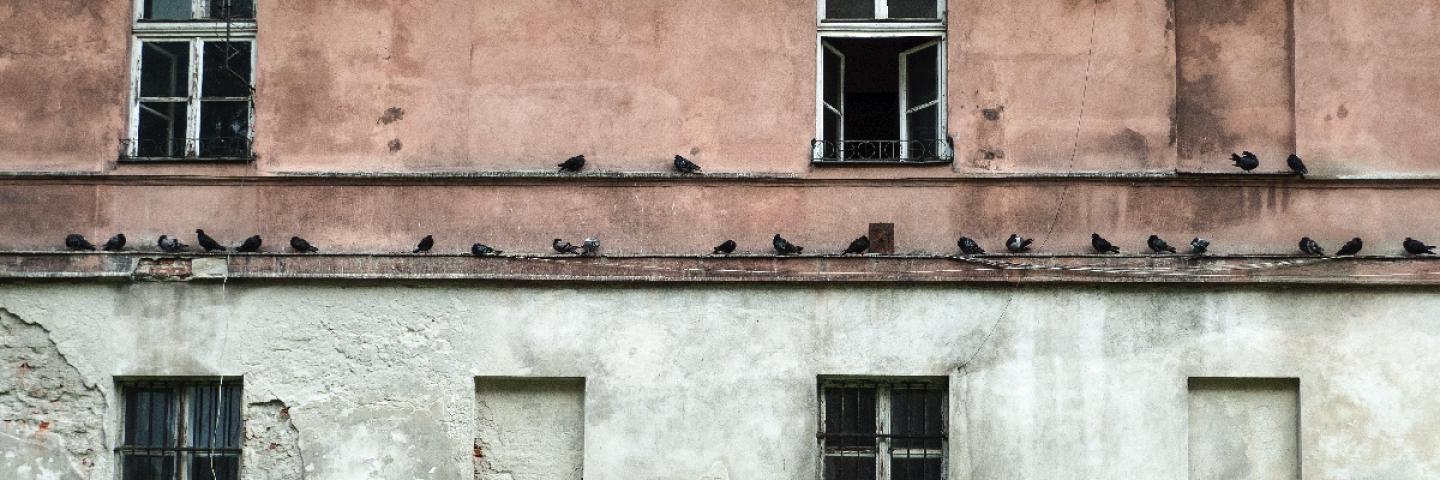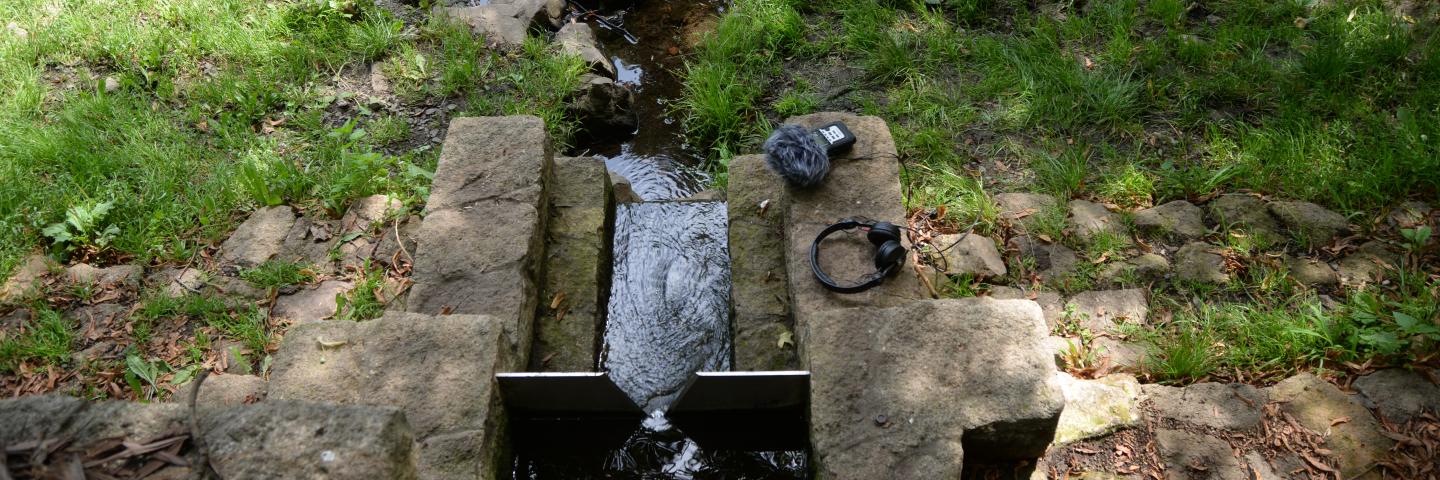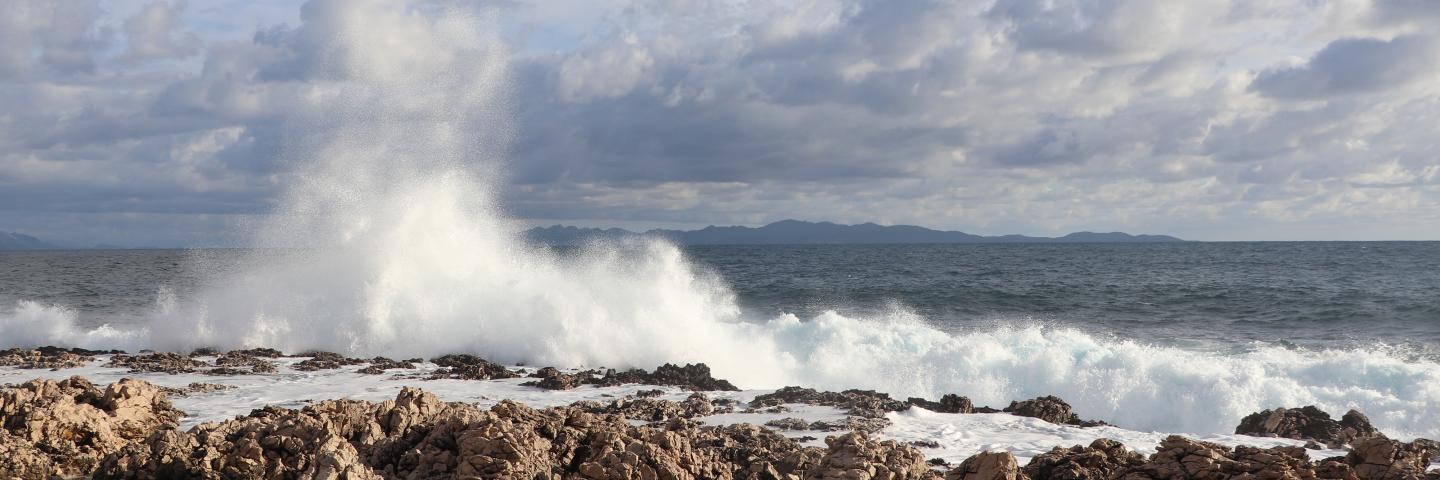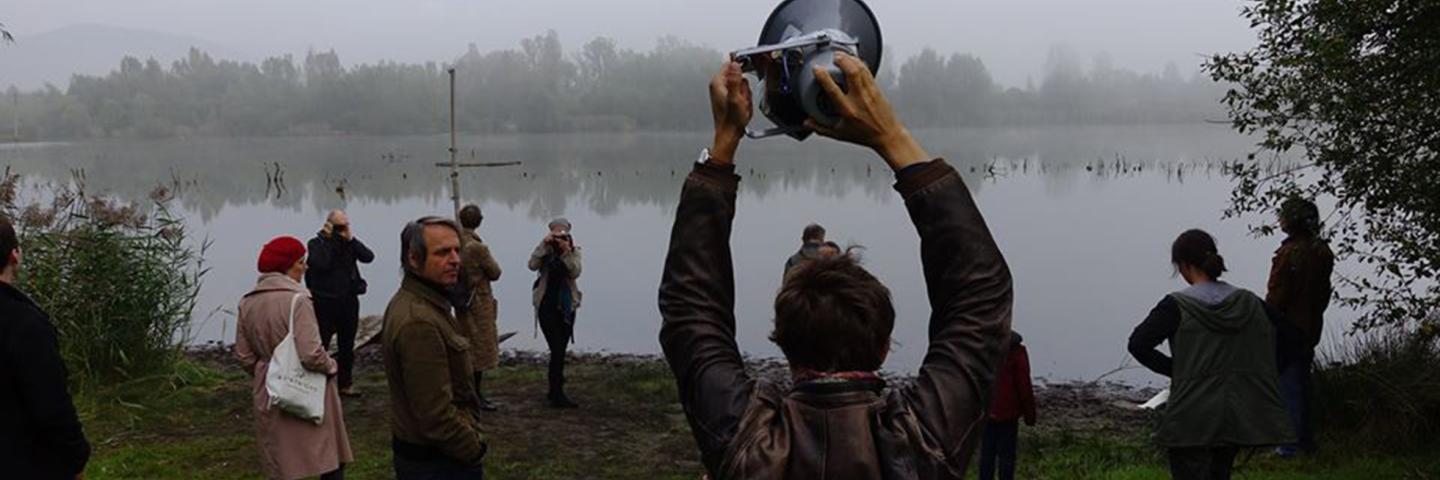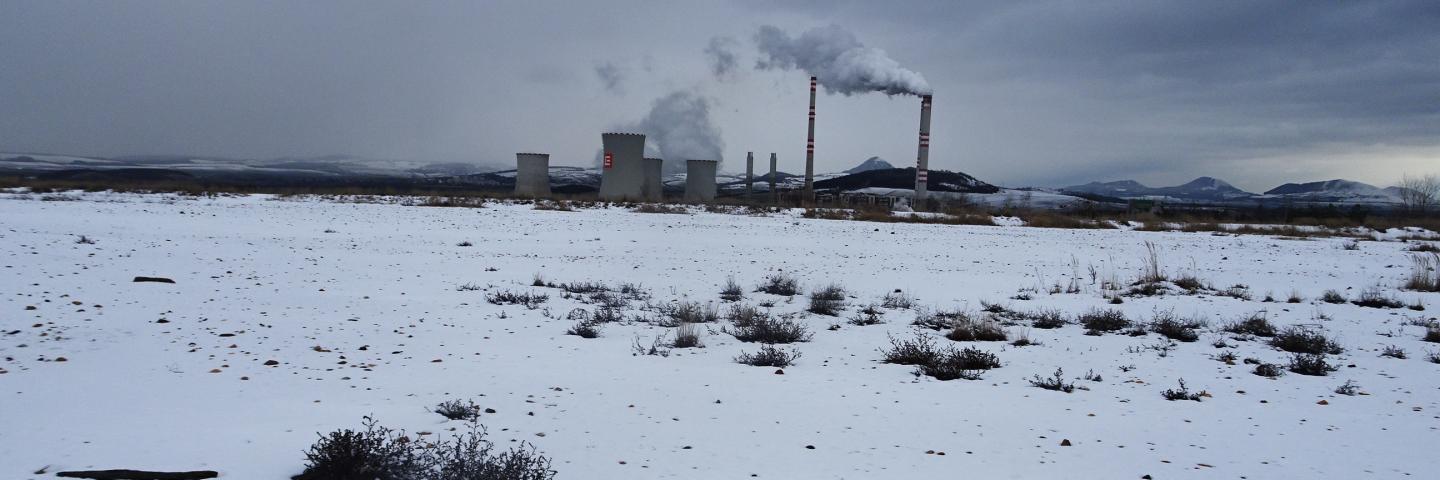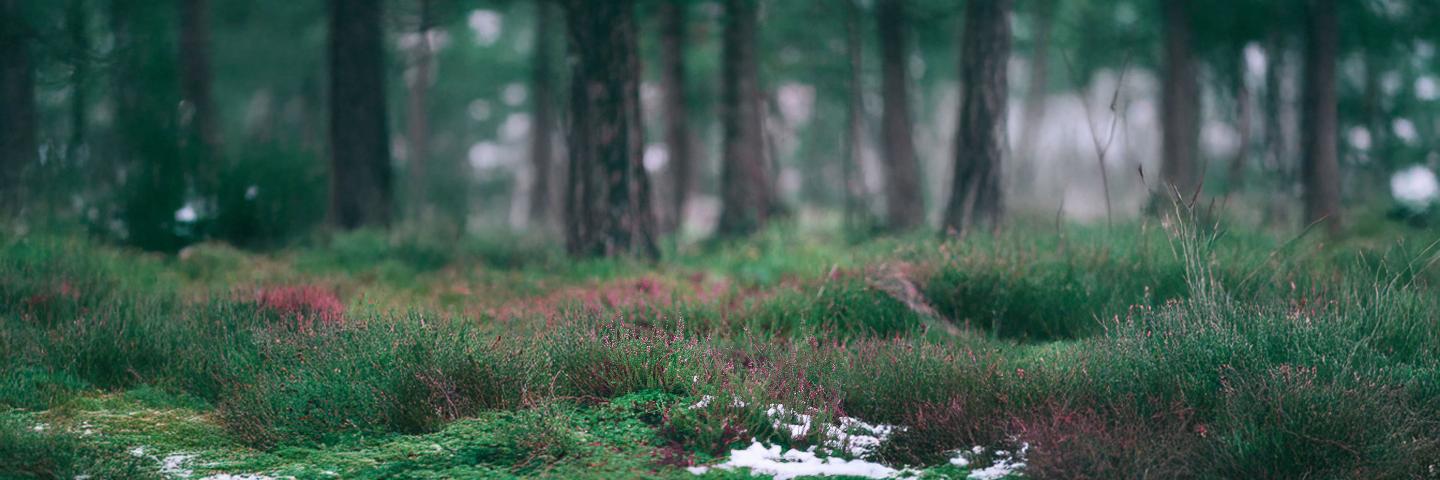Mark Peter Wright
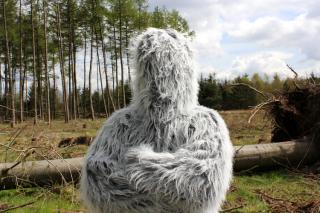
Mark Peter Wright is an artist-researcher working at the intersection of sound, ecology and contemporary art. His practice investigates relations of capture and mediation between humans and nonhumans, sites and technologies, observers and subjects. Ongoing questions include how does environmental sound convey complex geopolitical meaning? How can technology and media be practiced with an eco-critical sensitivity and how might listening operate beyond the human?
As an associate lecturer on the BA and MA Sound Arts courses he has significant experience in designing and leading teaching via lectures, workshops and seminars. He is interested in stress testing listening as a critical, imaginative and interpretive methodology, both in and out of the field; how it can become an operative mode of meaning-making and knowledge production. He supervises projects across all levels of teaching and learning, including undergraduate, postgraduate and doctoral degrees. He has delivered extensive public events and workshops for organizations and institutes in the UK and abroad. Public conference speaking experience includes presenting research papers at Harvard University (USA), University of Copenhagen (DK), Critical Media Lab (CH), University of Stavanger (NO) and Wellcome Collection (UK). Peer reviewed articles include writing for Interference Journal, Leonardo Music Journal, Evental Aesthetics Journal, Sensate Journal and the Journal of Sonic Studies.
As a practitioner he has exhibited and performed widely in solo and group exhibitions at IMT Gallery, Platform A, MIMA, New York Public Library, The Showroom, Museum of Contemporary Art Rome, Café Oto, Catalyst Arts, GV Art, Royal Academy of the Arts, TATE and Trinity House Square Dublin. In addition to his own practice-based research Wright collaborates extensively. With Helena Hunter he works under the name Matterlurgy, combining art, science and technology projects across exhibitions, performance and experimental co-labs. With Prof. Salomé Voegelin he co-convenes Points of Listening, a series of public events exploring listening and sound-making as a collaborative and artful form of pedagogy. With Prof. Angus Carlyle he works on projects and performances that explore the relations of listening and recording, nature and aesthetics, site and studio.
Auditioning a field recording, and assembling its meaning, is a similar yet very different process to making a jigsaw. As a child, I tried to complete a jigsaw puzzle without the crutch of the image guide. It was a process that oscillated between hope and despair. Hope at the freedom to imagine, despair at the realization that my picture did not match the pieces in my hand. Sure, I could just follow the form of individual segments and the image might reveal itself. But I wanted to will meaning into the frame as much as build its inevitable shape. Never completing the task, I was left with sparse pockets that sort of fitted together: a partial cloud, some of the frame elements, what looked like trees, broken and incomplete. During this process, the initial hope of imagining and building my own scene gave way to the inevitability that each piece would simply click into the form of a predetermined image.
Now, when I playback field recordings with students, we speak about jigsaws. Auditioning the extra-verbal sounds of environments and phenomena, we discuss the difference between building scenes and letting them go. We debate whether we need an image guide, or if there is a sonic equivalent to the jigsaw. We conclude, more often than not, that the point is not to build a visual picture when listening to field recordings but to recognize the audition process as a knowledge in the making exercise. As listeners we build something that will always be a combination of subjective and cultural experience: memories, associations, and affects linked with the analytical pieces of the puzzle that give us more direct clues about time and space.
Listening-with students, I make sure we attend to the missing pieces, the holes in the jigsaw or lacunas in the audible. I do this again and again by asking the question: what are we not hearing? It draws attention toward the marginal, the forgotten, the inverse, and the underheard: there is always something beyond the audible when auditioning field recordings. Whether it is the suppressed knee joint of a recordist, infra and ultrasounds outside human hearing, the chain of actions and infrastructures that unsettle site, the histories and futures dragged into the present: the puzzle is more perforated than it is whole, more plural than it is a singular scene.
Field recordings break down conventional representation, they trouble the image code and its desire for completeness. When listening together, we do not build pictures; we rather assemble connections and relations, tuned by an attention toward the cavities of meaning and the fissures of knowledge. This is where learning takes place. Listening-with becomes an ethico-imaginative bond. It facilitates an elastic infrastructure of meaning built from discussion and debate. Conversations link, delink, stretch, and obliterate parts of the puzzle. Meaning is also drawn in from listening elsewhere: on the internet, in archives, through sleeve notes, by auditioning related recordings. There is a plethora of contextual possibilities available. These shadow sites do not ossify a scene but add more layers to interpret, more holes to listen-with.
What we are left with is a jigsaw done otherwise, an “unjigsaw” that never wanted to be an image in the first place. It is a puzzle of connections and interruptions that leaves more questions than answers. The point is to stay in the assembly process, together, constructing meaning, challenging representation, attending to methods and matters of the audible and inaudible. It involves swings from knowing to unknowing, and in that process we might come to care, we may begin to take responsibility for our listening, in the studio or the field.
one thought on "Listening After Nature: Field Recording, Ecology and Critical Practice " (Bloomsbury, 2022).
